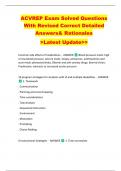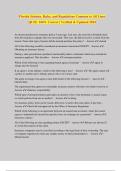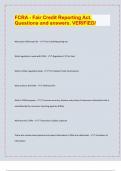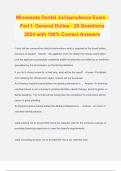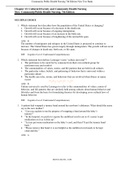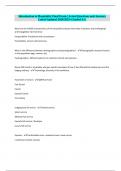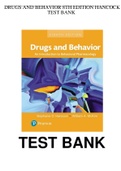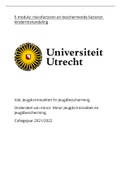Tentamen (uitwerkingen)
ACVREP Exam Solved Questions With Revised Correct Detailed Answers& Rationales >Latest Update>
- Vak
- Instelling
ACVREP Exam Solved Questions With Revised Correct Detailed Answers& Rationales >Latest Update>> Common side effects of medications - ANSWER Blood pressure meds: high or low blood pressure; seizure meds: sleepy; anticancer, antihistamine and acne meds: photosensitivity; Di...
[Meer zien]
